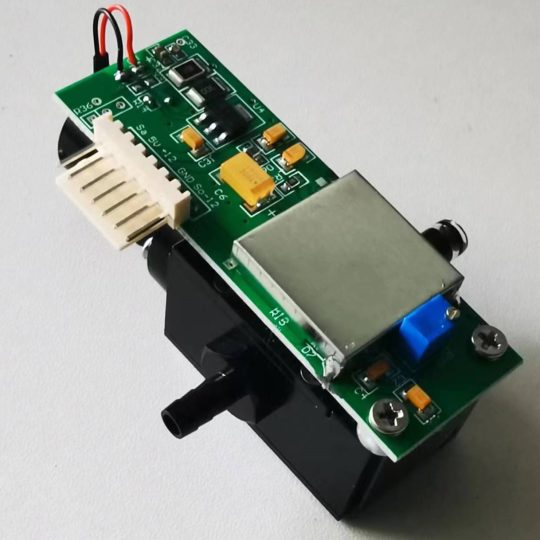
# Particle Counter: Essential Tool for Air Quality Monitoring
## Introduction to Particle Counters
Particle counters are indispensable instruments in the field of air quality monitoring. These devices are designed to measure and count the number of particles in the air, providing critical data on air cleanliness and pollution levels. Whether in industrial settings, healthcare facilities, or environmental monitoring, particle counters play a vital role in ensuring safe and healthy air quality.
## How Particle Counters Work
Particle counters operate by drawing in air samples and passing them through a detection chamber. Inside this chamber, particles are illuminated by a light source, typically a laser. As particles pass through the light beam, they scatter the light, which is then detected by a sensor. The intensity and pattern of the scattered light are analyzed to determine the size and concentration of the particles. This data is then displayed on the device’s screen or logged for further analysis.
## Applications of Particle Counters
Particle counters are used in a wide range of applications. In cleanrooms and manufacturing facilities, they ensure that the air meets stringent cleanliness standards, which is crucial for producing sensitive electronics and pharmaceuticals. In healthcare settings, particle counters help maintain sterile environments, reducing the risk of infections. Environmental scientists use these devices to monitor air pollution and assess the impact of industrial activities on air quality.
## Benefits of Using Particle Counters
The primary benefit of using particle counters is their ability to provide real-time, accurate data on air quality. This information is essential for making informed decisions about environmental controls and safety measures. Additionally, particle counters are portable and easy to use, making them accessible for a variety of users, from industrial engineers to environmental researchers. By identifying and quantifying airborne particles, these devices help in mitigating health risks and ensuring compliance with air quality regulations.
## Choosing the Right Particle Counter
When selecting a particle counter, it’s important to consider the specific requirements of your application. Factors such as the range of particle sizes to be measured, the required sensitivity, and the environment in which the device will be used should all be taken into account. Some particle counters are designed for general-purpose use, while others are specialized for specific industries or environments. Consulting with a knowledgeable supplier can help you choose the right device for your needs.
## Conclusion
Particle counters are essential tools for monitoring and maintaining air quality across various industries. By providing accurate and reliable data on airborne particles, these devices help ensure safe and healthy environments. Whether you’re managing a cleanroom, conducting environmental research, or ensuring the safety of a healthcare facility, a particle counter is a valuable investment in air quality monitoring.
Keyword: particle counter
